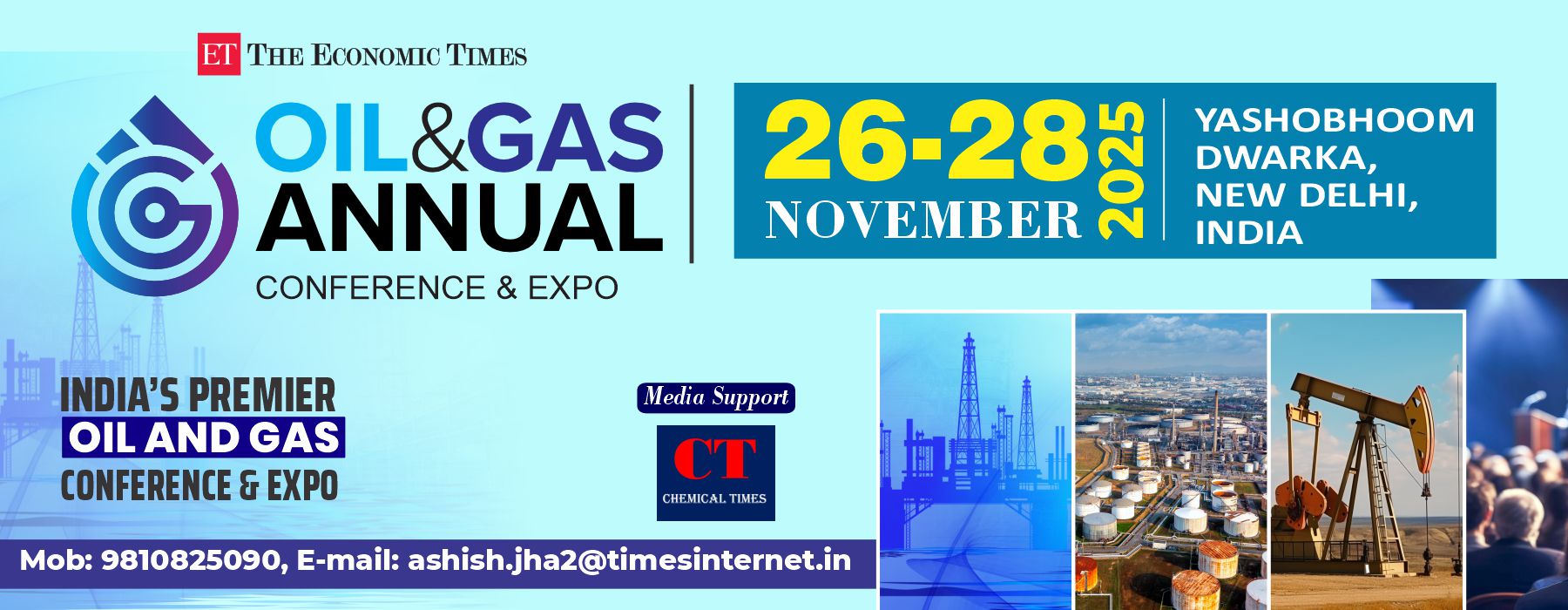In the modern engineering world, simulation software plays a vital role in designing, analyzing, and optimizing systems before they are built. Among the most widely used simulation platforms are CFD (Computational Fluid Dynamics), ASPEN Plus, and HYSYS. Each of these software tools is geared toward different engineering challenges, from modeling fluid flow and heat transfer to designing entire chemical processes or simulating dynamic operations in the oil and gas sector.
Whether you’re a student stepping into process design or a professional looking to expand your simulation toolkit, understanding these tools and their terminology is crucial. This article provides a comprehensive overview of CFD, ASPEN Plus, and HYSYS—including what they do, how they differ, and the key terms you need to know to get started.
🔹 What is CFD (Computational Fluid Dynamics)?
Computational Fluid Dynamics (CFD) is a simulation technique that numerically solves the equations governing fluid flow, heat transfer, and related phenomena. It is extensively used in mechanical, aerospace, civil, and chemical engineering to model real-world scenarios involving gases or liquids.
CFD helps engineers and scientists analyze systems where fluid behavior is essential, such as airflow over an aircraft wing, water flow in pipelines, or heat exchange in electronic devices.
🔑 Key Terms in CFD
Mesh/Grid: Before solving any flow problem, the geometry of the system is divided into small cells or elements—this is known as meshing. The quality of the mesh greatly affects the accuracy and speed of the simulation.
Turbulence Models: Real-world fluid flow is often turbulent rather than laminar. Models such as k-ε (k-epsilon), k-ω (k-omega), and LES (Large Eddy Simulation) help simulate these complex behaviors accurately.
Boundary Conditions: These define how the fluid interacts with surfaces and entry/exit points in the domain. Examples include velocity inlets, pressure outlets, and wall conditions.
Navier–Stokes Equations: These are the fundamental partial differential equations governing fluid motion. CFD solvers approximate solutions to these equations.
Post-processing: After simulation, results are analyzed using visual tools to display contours of pressure, temperature, velocity vectors, and streamlines.
Solver: The part of the software that performs the actual numerical calculations. Solvers can be pressure-based (common for incompressible flows) or density-based (for compressible flows).
⚙️ Applications of CFD
Design of HVAC systems
Aerodynamics of vehicles
Optimization of heat exchangers
Combustion modeling in engines
🔹 What is ASPEN Plus?
ASPEN Plus, developed by AspenTech, stands for Advanced System for Process Engineering. It is primarily used in the chemical and petrochemical industries to simulate steady-state processes. ASPEN Plus enables engineers to model the entire process flow of a chemical plant without physically building it, saving both time and cost.
The software is built around rigorous thermodynamic modeling and enables integration of multiple unit operations like reactors, heat exchangers, distillation columns, compressors, and separators.
🔑 Key Terms in ASPEN Plus
Unit Operations: These are the building blocks of any process flow. Each operation, such as a heat exchanger or distillation column, performs a specific function.
Thermodynamic Property Methods: These methods calculate the physical and chemical properties of substances. Common models include Peng-Robinson (PR), NRTL (Non-Random Two-Liquid), and SRK (Soave-Redlich-Kwong).
Flowsheet: This is a graphical interface that shows how various unit operations are connected via material and energy streams.
Convergence: A flowsheet is said to be “converged” when all mass, energy, and equilibrium calculations satisfy specified tolerances.
Sensitivity Analysis: Engineers often run simulations under varied input conditions to see how outputs change. This is crucial for optimization.
Reactor Models: ASPEN Plus offers different types of reactor models such as:
RStoic (for stoichiometric reactions)
RPlug (for plug flow reactors)
RCSTR (for continuous stirred tank reactors)
⚙️ Applications of ASPEN Plus
Chemical process optimization
Equipment sizing
Environmental impact studies
Energy balance and recovery system design
🔹 What is HYSYS?
HYSYS, also from AspenTech, is a process simulation tool like ASPEN Plus but is especially strong in the oil, gas, and refining industries. It supports both steady-state and dynamic simulation, making it ideal for studying how systems behave over time, including startup, shutdown, and control strategies.
HYSYS models complex hydrocarbon systems and is often the go-to software for pipeline simulation, gas processing, and offshore production facilities.
🔑 Key Terms in HYSYS
Dynamic Simulation: Unlike ASPEN Plus (which is steady-state), HYSYS can simulate time-dependent processes. This is critical for training operators and testing safety systems.
Flash Calculations: HYSYS performs vapor-liquid equilibrium calculations, determining how much of each phase exists at a given temperature and pressure.
Recycle Loops: These loops send part of the process stream back into earlier stages. Proper handling of recycle loops is vital for accurate simulation.
Process Flow Diagram (PFD): A visual schematic showing equipment and stream connections. The PFD is a core component of any process simulation.
Controllers (PID): Proportional-Integral-Derivative (PID) controllers are used in dynamic simulation to maintain variables like temperature, pressure, and flow rate.
EOS (Equation of State): Equations such as Peng-Robinson, Soave-Redlich-Kwong, and others are used to predict the behavior of hydrocarbon mixtures under varying conditions.
⚙️ Applications of HYSYS
Gas processing plants
Refinery operations
Pipeline modeling
Safety relief and blowdown scenarios
Operator training simulators
🔄 CFD vs ASPEN Plus vs HYSYS: A Comparative Summary
| Feature/Aspect | CFD | ASPEN Plus | HYSYS |
|---|---|---|---|
| Focus Area | Fluid flow, heat transfer | Chemical process design | Oil & gas, hydrocarbon systems |
| Simulation Type | Time-dependent/steady-state | Steady-state only | Steady-state and dynamic |
| Industry Use | Aerospace, mechanical, civil | Chemical, biochemical, pharma | Oil & gas, energy, refining |
| Key Models Used | Navier–Stokes, turbulence | Thermodynamic & unit ops | Thermodynamic, dynamic control |
| Best Use Case | Airflow, heat exchangers | Process optimization | Gas processing & dynamic control |
| Visual Output | Flow fields, contours | Flowsheets, property tables | PFDs, dynamic trends |
🎓 Why You Should Learn These Tools
Simulation software proficiency is increasingly becoming a prerequisite in engineering roles. Mastery of CFD, ASPEN Plus, and HYSYS gives you a powerful edge when designing, optimizing, or troubleshooting complex systems.
Here’s why they matter:
Cost Reduction: Simulations allow you to test designs virtually, avoiding expensive pilot plants or prototypes.
Process Optimization: You can identify inefficiencies and improve yields before implementation.
Safety: Dynamic simulations can reveal potential hazards and test control strategies in a risk-free environment.
Environmental Impact: Simulators help calculate emissions, waste, and resource usage accurately.
🧠 Final Thoughts
CFD, ASPEN Plus, and HYSYS are not just software tools—they are essential platforms that empower engineers to make informed, efficient, and safe decisions. Each has its domain:
Use CFD when fluid mechanics and heat transfer dominate the problem.
Use ASPEN Plus for designing and analyzing steady-state chemical processes.
Use HYSYS when you need to simulate dynamic behavior or model oil and gas systems.
Understanding the key terms and capabilities of each software opens doors to high-impact roles in industries ranging from petrochemicals to aerospace. As industries continue to prioritize sustainability, safety, and efficiency, the importance of these tools will only grow.




